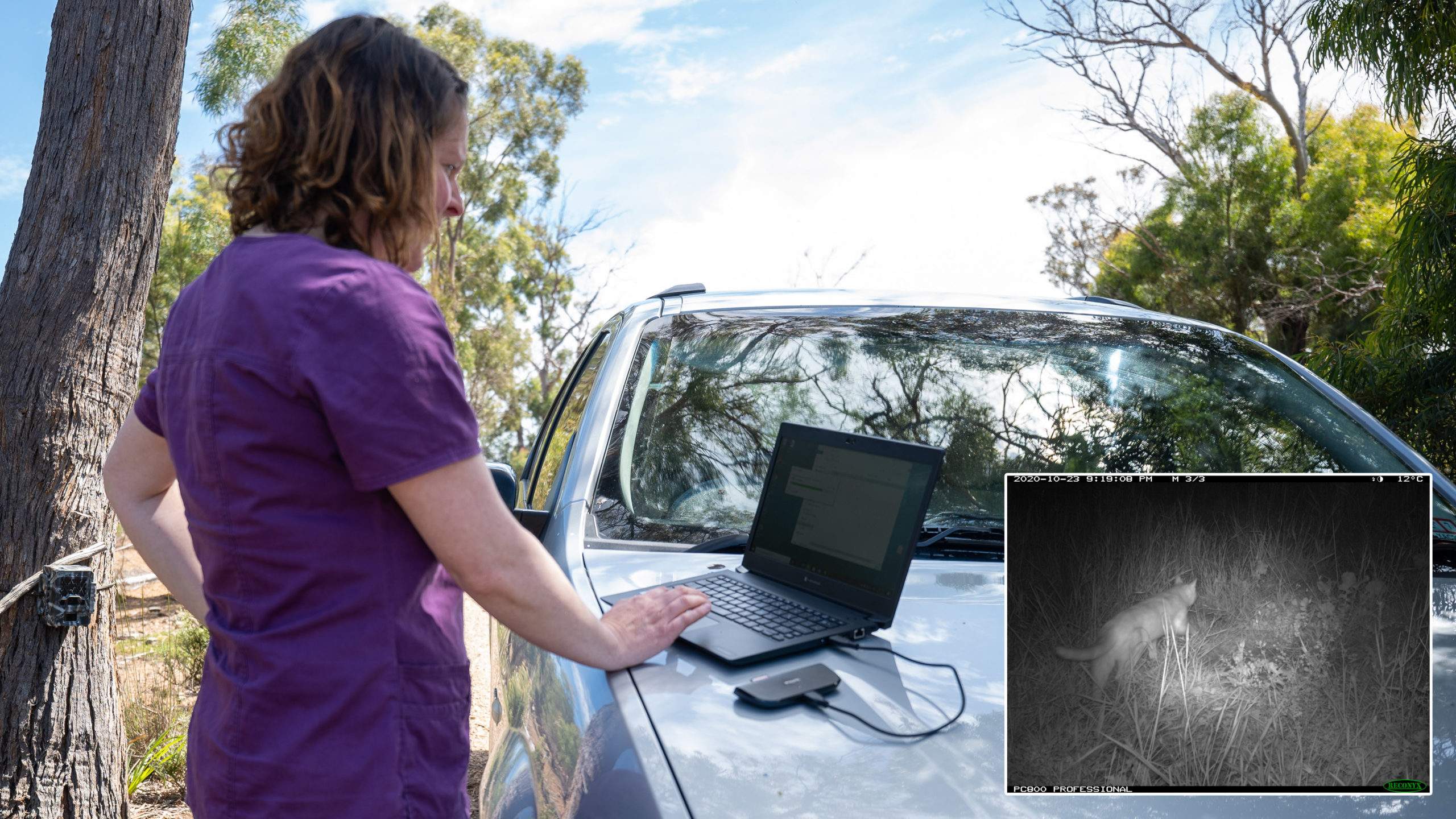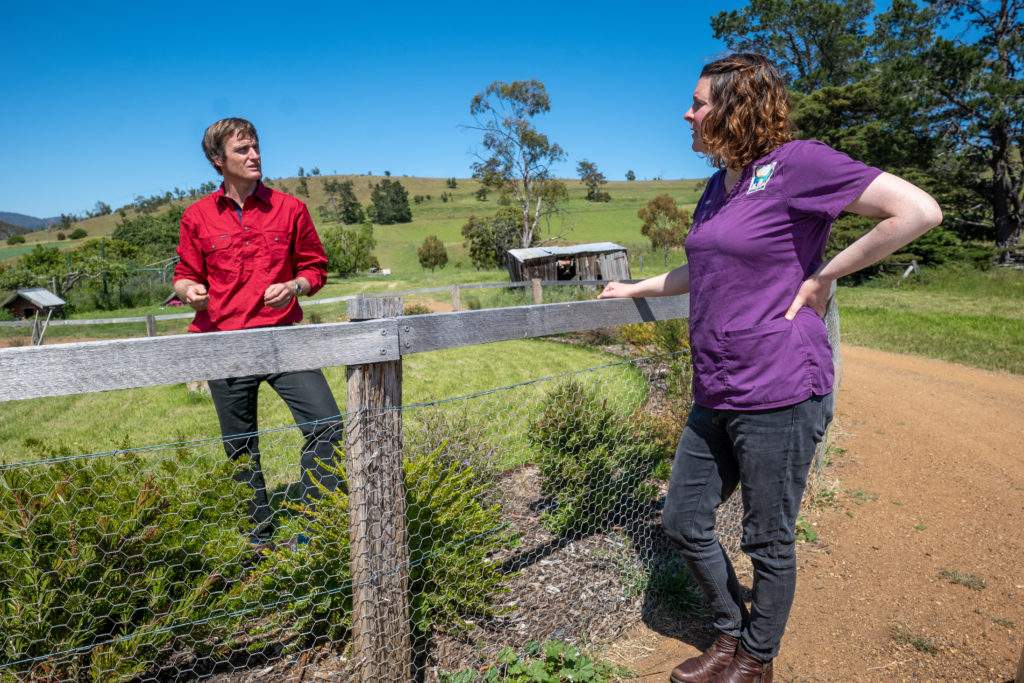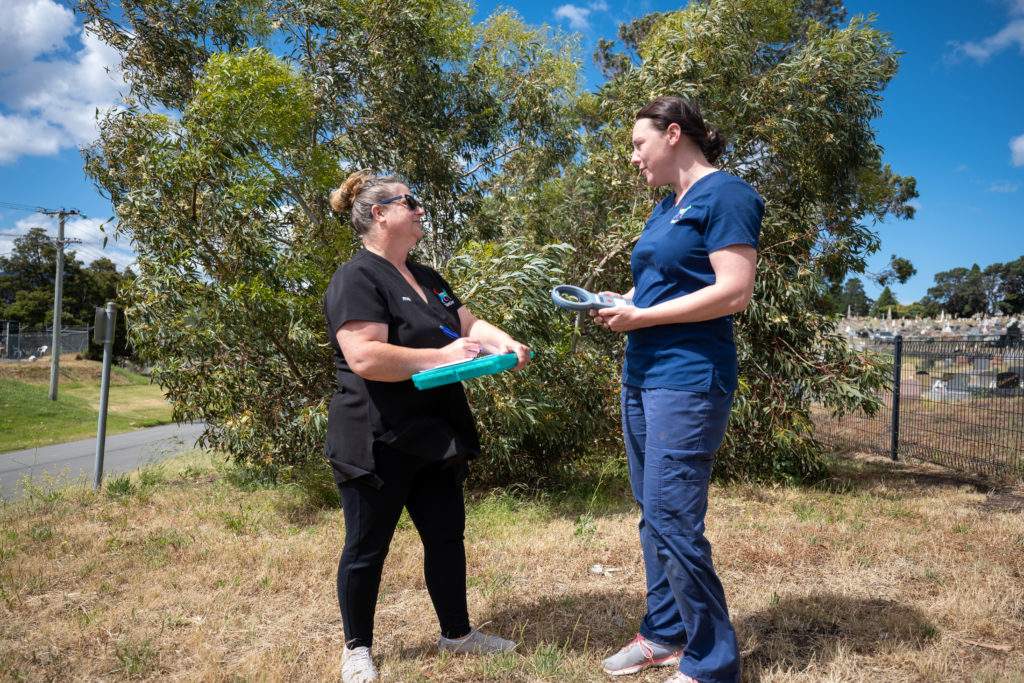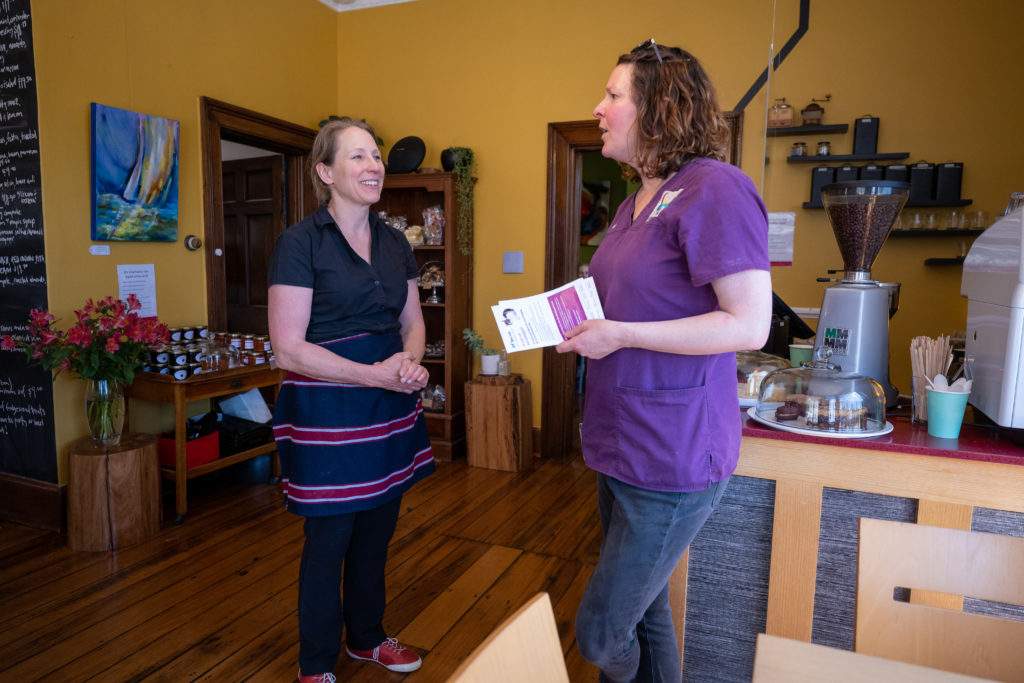Richmond Cat Management Community Project

INSET: A photo taken from one of the camera traps.
ARTICLE BY: Dr Tess Vitesnik, Ten Lives
The hallways at Ten Lives have been abuzz with talk of ‘the Richmond Project’ over the last three or four months. When things get quiet over winter, as the number of kittens coming into the shelter reduces seasonally to zero, we have some time to consider the bigger picture. Why, after over 70 years of accepting all cats that come to us, are there still homeless and unwanted cats in the community? Is there something proactive we can do in the community to address the issue? The Richmond Cat Management Community Project is a trial program to attempt to answer these questions.
What are we trying to achieve?
We are aiming to move beyond the shelter to help manage cats in the community. We hope to improve the welfare of cats in the community, protect native wildlife, and decrease the intake of unwanted animals into the shelter.
This holistic project encompasses community and stakeholder engagement, surveys to gauge opinion and the extent of the issue, camera surveys, education in the community and in the schools with Edu.Cat, adoption of cats and kittens into new forever homes, community stray cats, trapping, microchipping and desexing. We hope that with all parties working together we can achieve long term and sustainable improvements.
Why Richmond?
After mapping of our shelter intake there were several easily identifiable ‘hotspot’ areas. These are areas from which we have many unwanted animals coming to us; usually strays and sometimes in poor condition. Richmond was clearly a hotspot for unwanted cats and is also an area where we were fairly certain to garner a good level of community support.
What have we done so far?
The Bruny Island Cat Management Project, discussed in the last issue of the Scratching Post, provided us with a useful framework for the project. We knew that in order to have a lasting impact we would need to engage with the community from the outset. We spent time talking to community members to establish what the problem is and discussing where cats are located and why. An online survey was sent out and we received over 70 constructive responses. Overwhelmingly, the community has expressed that, yes, there is a cat (and people) problem and yes, something should be done about it. From here, we were able to better identify the food sources maintaining the cat population. Cats will predate native and non-native wildlife and scavenge amongst refuse. Richmond is a very tidy town, there is not much in the way of litter and most bins are well designed to keep scavenging animals out. However, Richmond has a large amount of food that is being provided to unowned or ‘loosely owned’ cats daily. Many of these cats are not desexed and like any well-fed population reproduce readily. Unfortunately, not only do these cats cause annoyance and impact on native wildlife, they often have poor health and a poor quality of life overall. In order to better define the cat population, we used infrared cameras at key sites around Richmond. Sites were selected based on community consultation and to have a good cross section of town, suburban fringe and farm locations. This will be useful in monitoring changes to the cat numbers over time as we can do follow up camera work after the community has implemented change. Stay tuned for more cat and wildlife images from the camera traps in the next issue. Many thanks to Matt Pauza from Biosecurity Tasmania, DPIPWE for help with cameras and placement.
Where to from here?
Microchipping day:
Microchips are the most reliable form of pet identification. A chipped cat can be returned to its owner if it is brought into a shelter or a vet clinic. If trapping of cats is going on in an area, then having your pet microchipped can give you peace of mind. Microchipping days will form part of the project. Contact us to register your interest.
Trapping/desexing:
Kitten season has started with litters appearing around the place. These kittens are on track to either perish or become unsocialised and form the next generation of stray and feral cats. Trapping kittens along with their parents and desexing them is a priority over the coming months.
Cat feeders:
If you are feeding a cat then taking responsibility for their desexing, microchipping and health is essential. If this does not occur, then a major contribution is made to the stray cat population. We are trying our best to work with people who are regularly feeding stray cats.
Signage discouraging the dumping of cats:
We have identified some common areas where people dump cats, which then fend for themselves and often become stray or feral. We would like to work with the local council to provide signage encouraging people to bring cats to the shelter to be cared for.
Containment for pet cats:
Desexing and microchipping is essential for pet cats but without containment our pets can still predate on and compete with native wildlife species. We would like to support people considering making the transition to full time containment for their cats.
School groups:
Both primary schools in Richmond have signed up for the Ten Lives Edu.Cat program. The next generation of kids will learn about responsible cat ownership as part of their school curriculum.
Landcare project:
Next year we will tie in with a Landcare project that will focus on stray and feral cats on larger landholdings in the wider Coal River Valley region. Ten Lives are aiming to help by reducing the domestic, stray, and dumped cats contributing to the wider issue of cats in the bush and on farms.



ABOVE: Ten Lives has engaged with local community members to establish what the problem is, where cats are located and why.
Please contact us if you would like further information or to be involved in our ‘Richmond Project’. We hope to be successful in this trial in order to move the program into other areas.

